Massive sunspot set to spark dangerous M-class solar flares directed at Earth, says NASA
An active region on the Sun could hurl out M-class solar flares towards Earth, according to NASA’s Solar Dynamics Observatory.
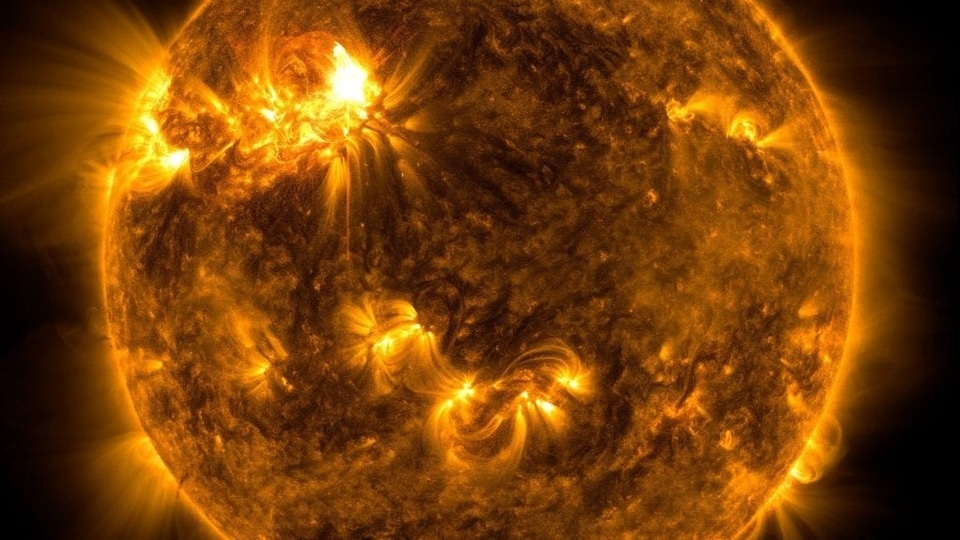
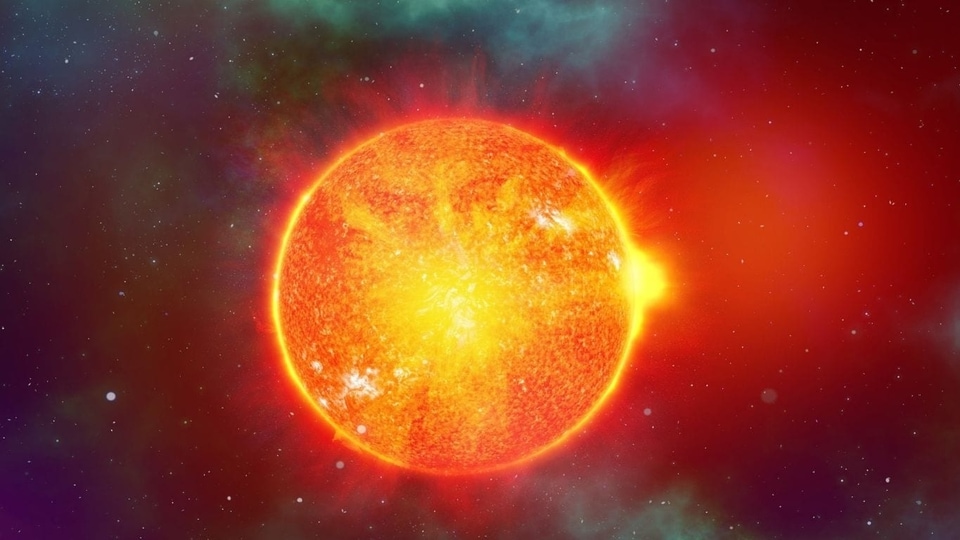
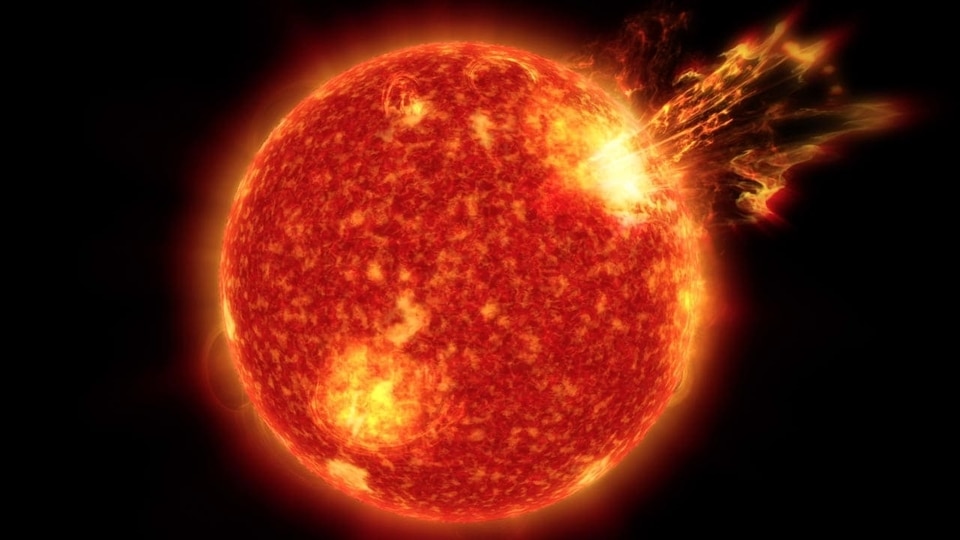
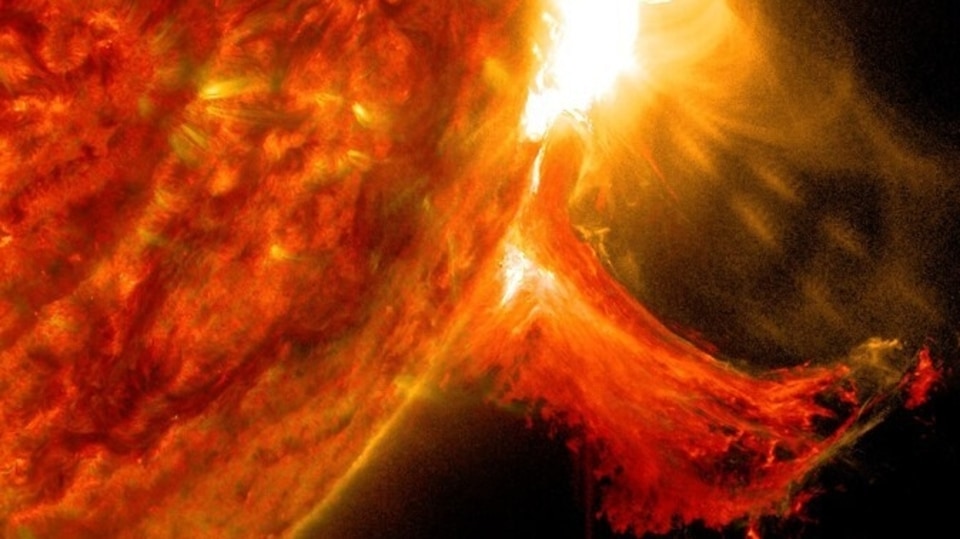

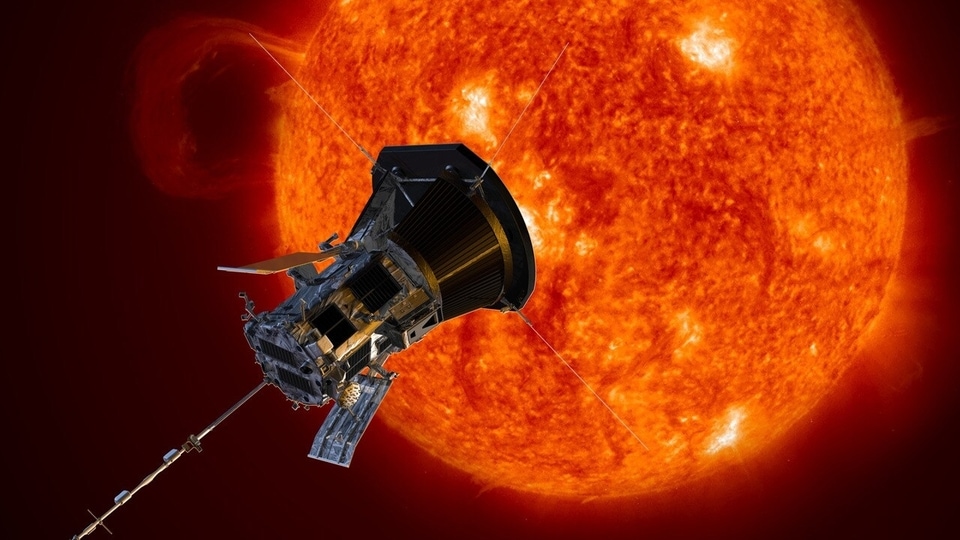
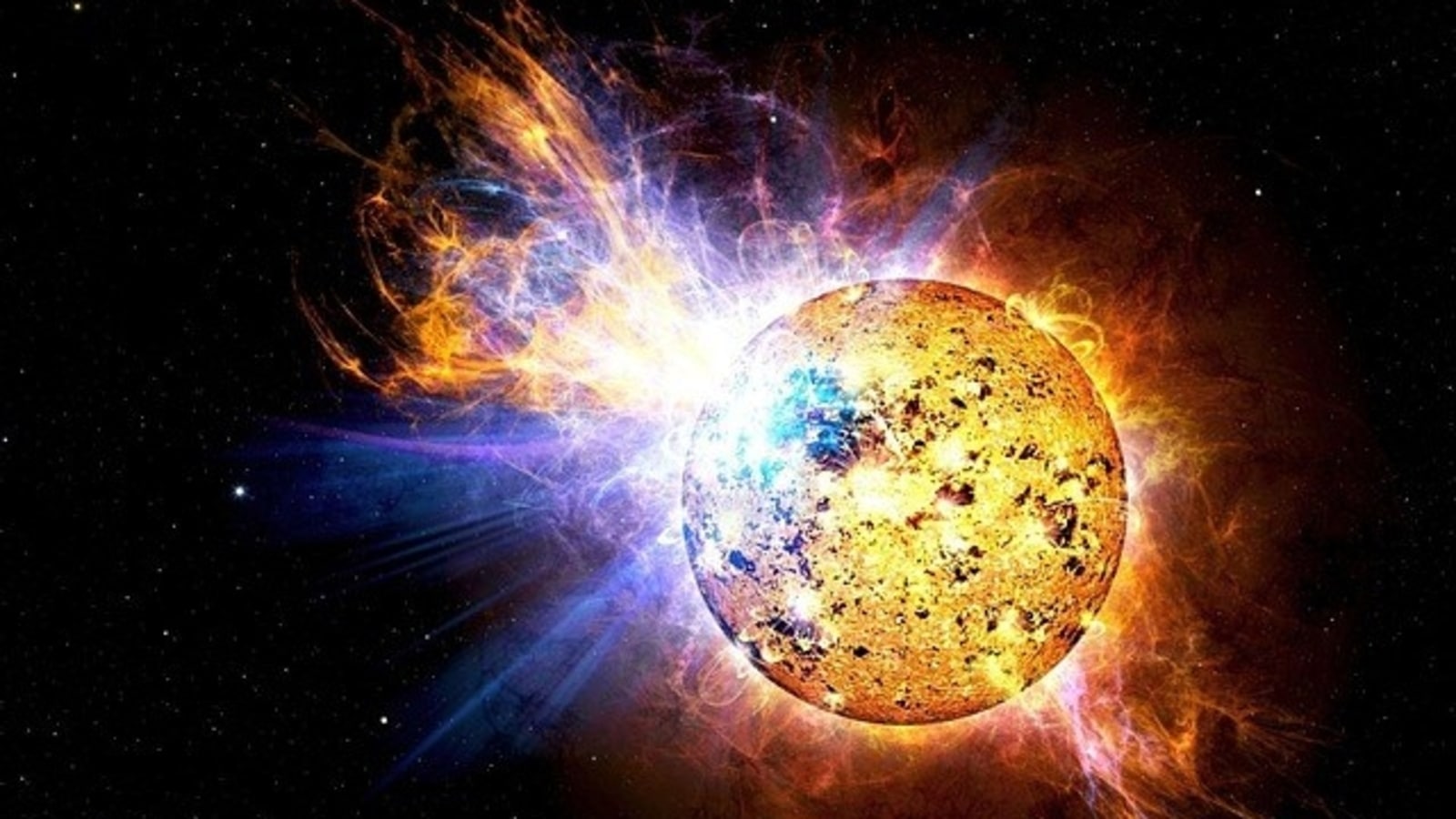
 View all Images
View all ImagesAs we approach the solar maximum, the Sun's output is expected to increase in the coming months. As per NASA, the solar minimum occurred in 2019, which also marked the start of the solar maximum, a period where we could see the greatest number of sunspots. It is expected to peak in 2025 and the Sun could unleash CMEs, solar flares, solar storms, and other particles towards Earth with potentially disastrous consequences. Astonishingly, experts have revealed that the Sun has already exceeded the predicted number of sunspots that were expected in the current solar maximum.
NASA's Solar Dynamics Observatory (SDO), which carries a full suite of instruments to observe the Sun, has recently revealed that Earth could be in the firing line of a sunspot and dangerous solar flares could be hurled out that could have the potential to wreak havoc.
Dangerous sunspot
According to a report by spaceweather.com, NASA's Solar Dynamics Observatory (SDO), forecasts that an active region on the Sun's surface, termed Sunspot AR3415, has a “beta-delta” magnetic field that could trigger solar flares. There is a 90 percent chance of C-class flares and a 20 percent chance of M-class flares being hurled out towards Earth today, August 28.
It states, “Sunspot AR3415 has a 'beta-delta' magnetic field that harbours energy for M-class solar flares.”
Moreover, while the chances are slim, the report states that there is a 5 percent chance of X-class solar flares too. For the unaware, X-class solar flares are the most dangerous flares hurled out by the Sun. It can disrupt global communications and damage satellites. It has also been revealed that these flares can even give small doses of radiation to people flying in aeroplanes. X-class flares can potentially harbour as much energy as a billion hydrogen bombs!
About NASA Solar Dynamics Observatory
The NASA Solar Dynamics Observatory (SDO) uses three very crucial instruments to collect data from various solar activities. They include the Helioseismic and Magnetic Imager (HMI) which takes high-resolution measurements of the longitudinal and vector magnetic field over the entire visible solar disk, Extreme Ultraviolet Variability Experiment (EVE) which measures the Sun's extreme ultraviolet irradiance, and Atmospheric Imaging Assembly (AIA) which provides continuous full-disk observations of the solar chromosphere and corona in seven extreme ultraviolet (EUV) channels.
Catch all the Latest Tech News, Mobile News, Laptop News, Gaming news, Wearables News , How To News, also keep up with us on Whatsapp channel,Twitter, Facebook, Google News, and Instagram. For our latest videos, subscribe to our YouTube channel.





























